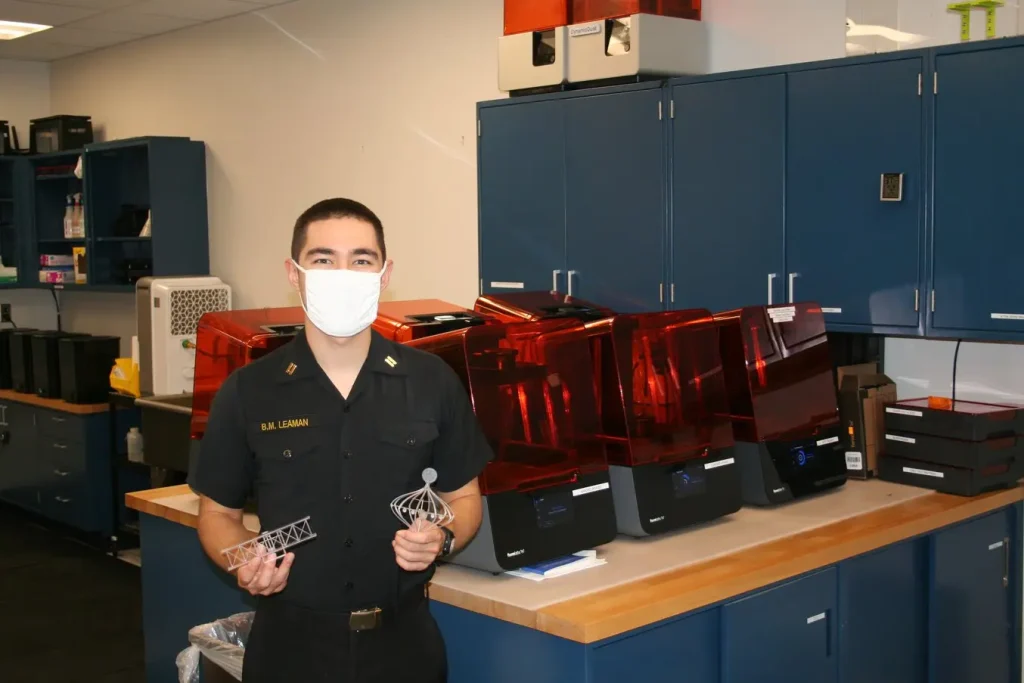Before the start of the first round of sessions, TL Neff (Executive Vice President) and Marc Rosenbaum (Director, Sales Engineering) of Vervivo’s session title piqued the curiosity of a dozen or so unConference attendees. “So what’s a ten-second app?” more than one would-be participant asked as part of their session selection process, only to be turned away with a mysterious “you’ll have to see.”
It turns out of course that “ten-second apps” are not named so because of the time they take to develop, but rather they are “one-trick pony” apps that perform a singular task very well. The ensuing discussion traveled from examples of these apps to discussions around what type of apps might be able to benefit Enterprise companies, to the future of mobile, to spirited digressions (that’s the unConference way after all) about operating systems and platforms.
Neff began by regaling the group of 20 or so participants with an embarrassing tale of leaving his bike on his car as he drove into his garage only to feel the sad, sinking feeling one does when their expensive Italian cycle crunches against the garage. Like the answer to so many other questions/problems the past few years, his buddy told him that there’s an app for that – “Bike Saver,” his friend said. Apparently said app learns where you live and lets you know when you’re approaching home. “That’s a ten-second app,” said Neff.
Neff then gave other more practical examples (I’m sure bike saver has saved some bikes but I’m not sure myself that it’s solving a huge problem)of ten-second apps, including the app for the multi-campus facility in the Midwest university that helped people find conference rooms on campus despite the ever-changing room names.
The question, Neff wanted to know is that, in the current era of BYODevice to work, are people getting the mobile apps they need – especially at Enterprise companies – in order to do their job well? Rosenbaum added examples of how companies are using ten-second apps internally, with timesheet management and expense reporting becoming more and more common. He also added an example of a Verivo customer – another Midwest university – that developed an app that helped students know when their laundry was done (“isn’t that called a clock?” I thought, but another participant was quick to praise – “my daughter used that, she said it was awesome!”).
 |
| Session creator TL Neff of Verivo listens to a participant discuss ten-second apps. Photo Credit: Nick Lorenzen) |
Participants discussed the utility of such apps in the workplace as micro-task management tools that easily facilitate work and pointed out the sacrifices that must be made when developing such apps. “You lose something in terms of comprehensiveness for sure,” said one participant. “The key is to make sure the research is done so the app serves the cause and the user appropriately,” said another.
Participants also inquired and discussed the costs of creating so many apps. Neff mentioned that pricing at Verivo is flexible and when following an agile methodology, costs can be moderately maintained. “But what about the cost of testing so many apps?,” said one participant. “How do you know it’s going to work before you release it?” he asked before mentioning ORCA, the Republican Get-Out-The-Vote technology that failed miserably on election day this year.
The question left me quiet, as my company provides a solution that does exactly what the participant inquired about. Other participants mentioned Crowdsourced testing and automated testing as options for testing your ten-second app before you launch.
Neff and Rosenbaum also were quick to point out that not all ten-second apps are simple, citing an investment bank that developed an app that let it quickly decipher whether or not a current or potential client or partner created a conflict of interest. “That app involved quite a lot of encryption and was quite expensive as you can imagine, but it’s protecting the brand and the entire company,” said Neff.
Neff perhaps best summarized his point of view of where Enterprise companies should be headed with one quote ‘I have one customer who comes to me and says “I have 26 apps I need for my company” and I love that. I prefer that to the one who comes to me and says “I have one, very important mobile app project we need help with.”’
The discussion as to which ten-second apps were more prevalent, native or mobile web led to a people mentioning how much better the unConference mobile web site is than last year’s native app. It also led to perhaps an inevitable digression on the topic of the overall value of HTML 5 (“it’s not there yet,” said one participant. “Will it ever be?” said another. “When’s lunch?” said the blogger.)
Overall, Neff, Rosenbaum and participants asked some good questions and made a valid case for the ten-second app as productivity enhancer for Enterprise companies and remained free of delving into a commercial for Verivo…save one caveat.
“We’re definitely hiring,” said Neff before the session’s end.
Nick Lorenzen (@nicklorenzen), PR Manager, uTest.
uTest is the world’s leading provider of in-the-wild testing services for web, desktop and mobile applications.
http://blog.uTest.com
@uTest on Twitter
uTest on LinkedIn
uTest on Facebook


